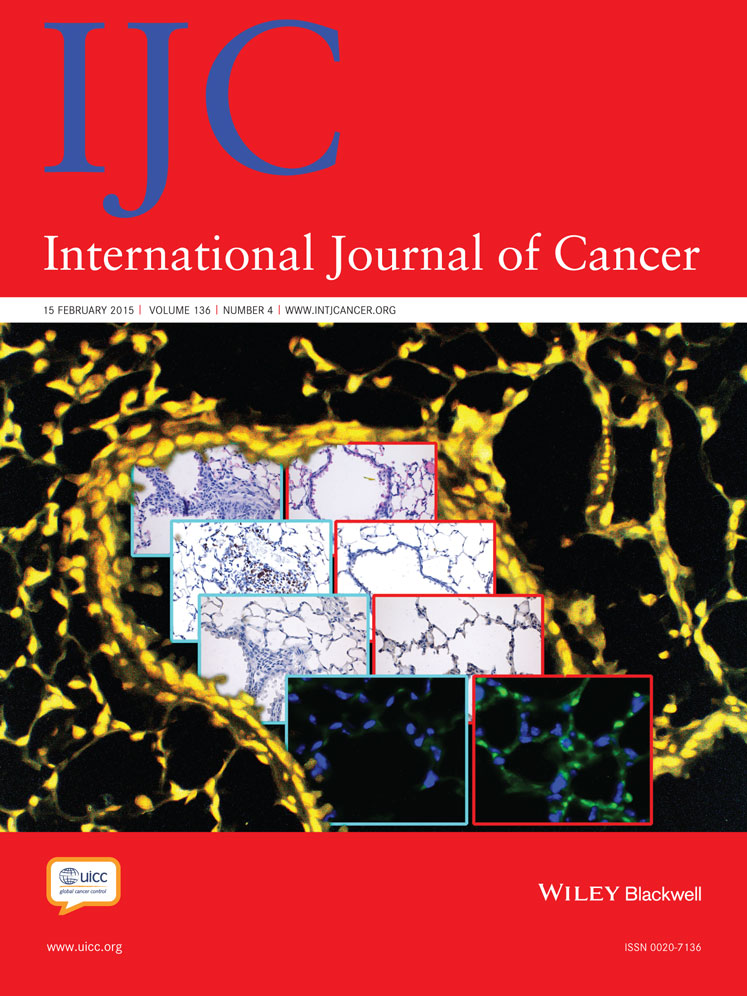HPV16 methyl-haplotypes determined by a novel next-generation sequencing method are associated with cervical precancer
Published 2014. This article is a US Government work and, as such, is in the public domain of the United States of America.
P.E.C. has declared the following conflict of interest. P.E.C. has received commercial HPV tests for research at a reduced or no cost from Roche, Qiagen, Norchip and mtm; he was compensated as a member of Merck Data and Safety Monitoring Board for HPV vaccines; he have been paid as a consultant for BD, Gen-Probe/Hologic, Roche, Cepheid, ClearPath, Guided Therapeutics and GE Healthcare.
This work was supported in part by the National Cancer Institute intramural research program of the Division of Cancer Epidemiology and Genetics (UO1-CA78527) to RDB, and Einstein Cancer Research Center (P30CA013330) to RDB.
Abstract
We have developed and evaluated a next-generation bisulfite sequencing (NGS) assay to distinguish HPV16 cervical precancer (CIN2–3; N =59) from HPV16-positive transient infections (N = 40). Cervical DNA was isolated and treated with bisulfite and HPV16 methylation was quantified by (i) amplification with barcoded primers and massively parallel single molecule sequencing and (ii) site-specific pyrosequencing. Assays were evaluated for agreement using intraclass correlation coefficients (ICC). Odds ratios (OR) for high methylation vs. low methylation were calculated. Single site pyrosequencing and NGS data were correlated (ICC = 0.61) and both indicated hypermethylation was associated with precancer (ORs of 2–37). Concordant NGS and pyrosequencing results yieled ORs that were stronger when compared with using either assay separately. Within the L1 region, the ORs for CIN2–3 were 14.3 and 22.4 using pyrosequencing and NGS assays, respectively; when both methods agreed the OR was 153. NGS assays provide methylation haplotypes, termed methyl-haplotypes from single molecule reads: cases had increased methyl-haplotypes with ≥ 1 methylated CpG site(s) per fragment compared with controls, particularly in L1 (p = 3.0 × 10−8). The maximum discrimination of cases from controls for a L1 methyl-haplotype had an AUC of 0.89 corresponding to a sensitivity of 92.5% and a specificity of 73.1%. The strengthening of the OR when the two assays were concordant suggests the true association of CpG methylation with precancer is stronger than with either assay. As cervical cancer prevention moves to DNA testing methods, DNA based biomarkers, such as HPV methylation could serve as a reflex strategy to identify women at high risk for cervix cancer.
Abstract
What's new?
Human papillomavirus type 16 (HPV16) is the most prevalent carcinogenic HPV type, but infection progresses to cervical precancer in only a small fraction of cases. Determining whether infections will progress or clear remains an elusive goal, but this study suggests that it may be possible to distinguish between the two with a bisulfite-treated DNA next-generation sequencing (NGS) assay specific to HPV16 DNA methylation. The NGS assay performed similarly to pyrosequencing and has several advantages over traditional methods. Using HPV16 CpG methylation and methyl-haplotype biomarkers, the NGS technique could aid in risk stratification for HPV-positive women.




